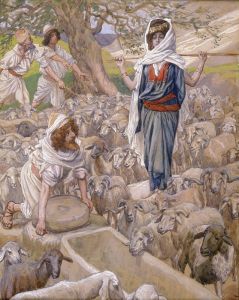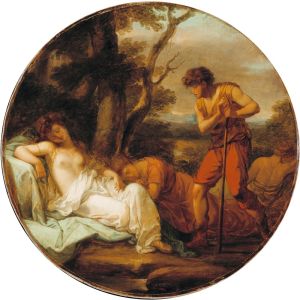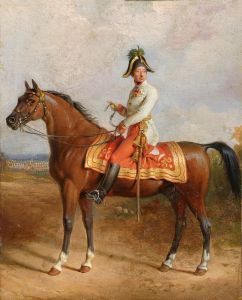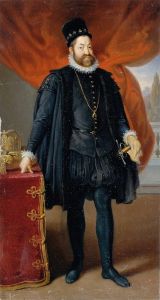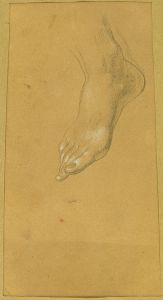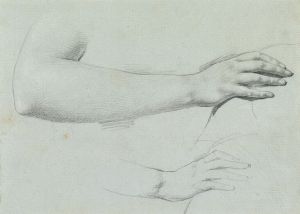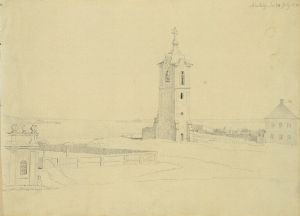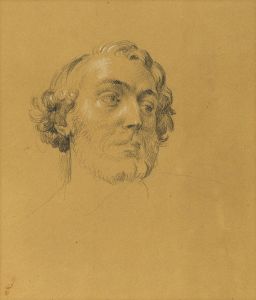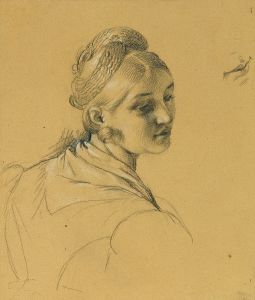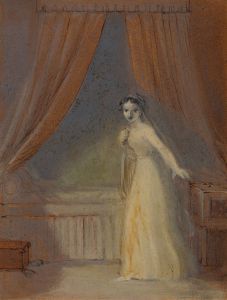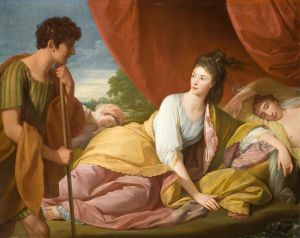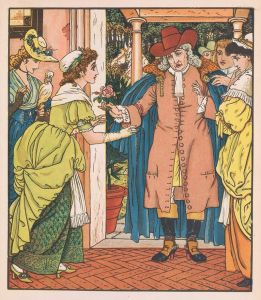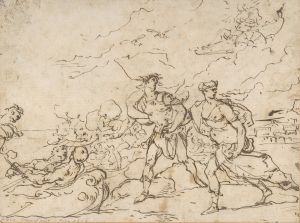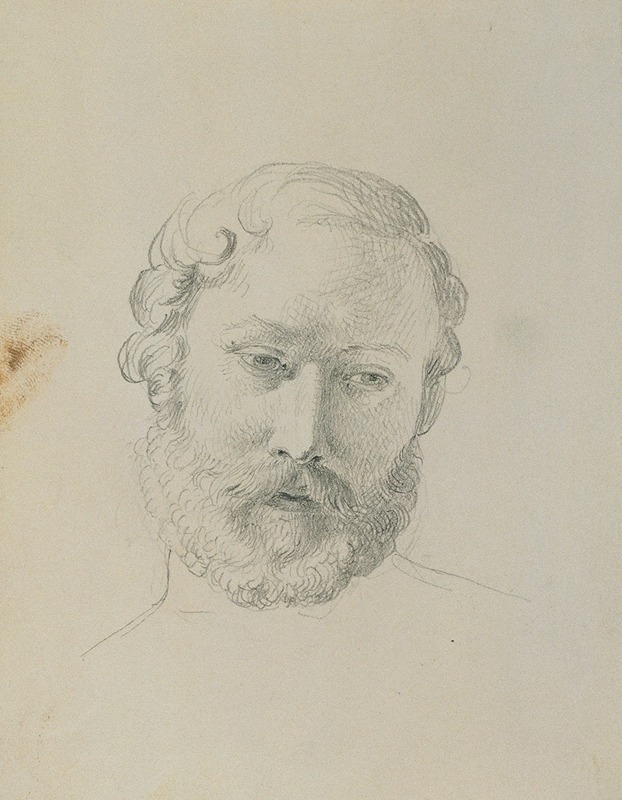
Studie zu ‘Rüdiger und Angelika’
A hand-painted replica of Johann Peter Krafft’s masterpiece Studie zu ‘Rüdiger und Angelika’, meticulously crafted by professional artists to capture the true essence of the original. Each piece is created with museum-quality canvas and rare mineral pigments, carefully painted by experienced artists with delicate brushstrokes and rich, layered colors to perfectly recreate the texture of the original artwork. Unlike machine-printed reproductions, this hand-painted version brings the painting to life, infused with the artist’s emotions and skill in every stroke. Whether for personal collection or home decoration, it instantly elevates the artistic atmosphere of any space.
Johann Peter Krafft's painting "Studie zu ‘Rüdiger und Angelika’" is a notable work by the Austrian painter, who was active during the late 18th and early 19th centuries. Krafft is recognized for his contributions to the Romantic movement in art, and his works often reflect themes of history, mythology, and literature.
"Studie zu ‘Rüdiger und Angelika’" is a study, or preparatory work, for a larger composition that Krafft intended to create. The painting is based on characters from the epic poem "Orlando Furioso" by Ludovico Ariosto, which was first published in the early 16th century. This Italian epic is renowned for its intricate plot and rich tapestry of characters, blending elements of romance, chivalry, and fantasy.
In the context of "Orlando Furioso," Angelika is a central character, known for her beauty and the chaos her presence causes among the knights who vie for her affection. Rüdiger, however, is not a character from Ariosto's original work, suggesting that Krafft might have taken creative liberties or drawn from a different source or interpretation that included this character. This reflects a common practice among artists of the Romantic era, who often adapted and reimagined literary sources to suit their artistic visions.
Krafft's study likely focuses on a specific moment or interaction between Rüdiger and Angelika, capturing the emotional intensity and drama characteristic of Romantic art. His use of color, light, and composition would have been intended to evoke the viewer's imagination and convey the narrative's emotional depth. As a study, this work would have served as a preliminary exploration of these elements, allowing Krafft to experiment with different techniques and ideas before committing to a final version.
Johann Peter Krafft was born in Hanau, Germany, in 1780 and later moved to Vienna, where he became a prominent figure in the Austrian art scene. He studied at the Academy of Fine Arts in Vienna and was influenced by the works of earlier masters as well as his contemporaries. Krafft's oeuvre includes historical paintings, portraits, and genre scenes, and he was particularly known for his ability to depict dramatic and emotive scenes with a high degree of technical skill.
Throughout his career, Krafft received numerous commissions from the Austrian court and other patrons, which helped to establish his reputation as a leading artist of his time. His works are characterized by their meticulous attention to detail and the ability to convey complex narratives through visual means.
"Studie zu ‘Rüdiger und Angelika’" exemplifies Krafft's engagement with literary themes and his interest in exploring the human condition through art. While the study itself may not be as widely recognized as some of his completed works, it offers valuable insight into his creative process and the artistic trends of the Romantic period.
Krafft's legacy continues to be appreciated for his contributions to the development of 19th-century European art, and his works are held in various collections, including museums and galleries that focus on Romantic and historical art. His ability to blend narrative and emotion in his paintings remains a testament to his skill and artistic vision.





